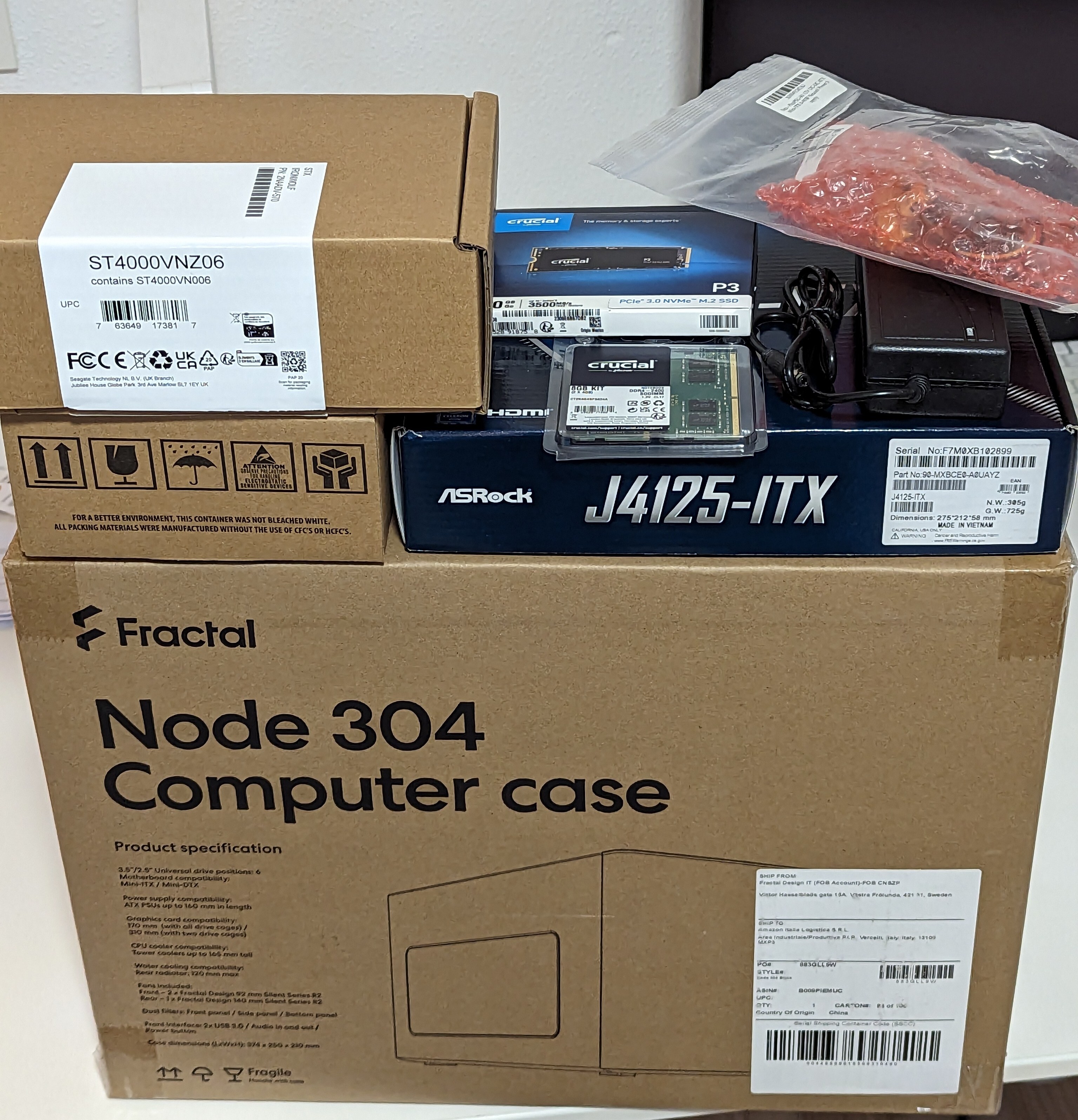I also never saw a calculation that took into amount my VPS costs. The fckers scrape half the internet, warming up every server in the world connected to the internet. How much energy is that?
zlatko
My small low power self built NAS has HDDs for Jellyfin and no problems at all. Just a simple straight forward RAID1 created from countless online tutorials. Feel free to ask or contact me if you wanna know more of the software setup things.
Actually that usually is how it works. Unfortunately.
*Too big to fail" was probably made up by the big ones.
So the initiative here is the initiative itself.
Your city can probably afford it, but some can't, or won't. Initiatives like this get the ball rolling.
First, apologies for the late reply, I forget to check notifications here. On a tangent, it's a lovely UI since it's not pestering me to do this or that, but I do miss an occassional reply or two.
Now, to recap: I have asked you in my post, what software do you have right now? You said the family doesn't want to sort the library twice - how do they sort this now? You said you host your photo collections on home servers, something something proxmox - the question is how do you get the photos there now? Because you might already have a solution.
If yes, tell us what your process looks like at the moment, and someone might have an advice. If no, if you have nothing right now, that's okay too.
Yeah, but I like the "two weeks" one better, it waits at least four days until the next popup. The other one, the lil X, waits like four minutes
"abusive spouse" funny way to spell "government and "techbros"
I think it's because the average person doesn't understand about five words in your first sentence. They can understand marketing bull that they're fed, though.
On a tangent, to me as an outsider it seems that most Americans are more likely to view anything as negative. I have no scientific backing for my shitpost though.





Are you people?